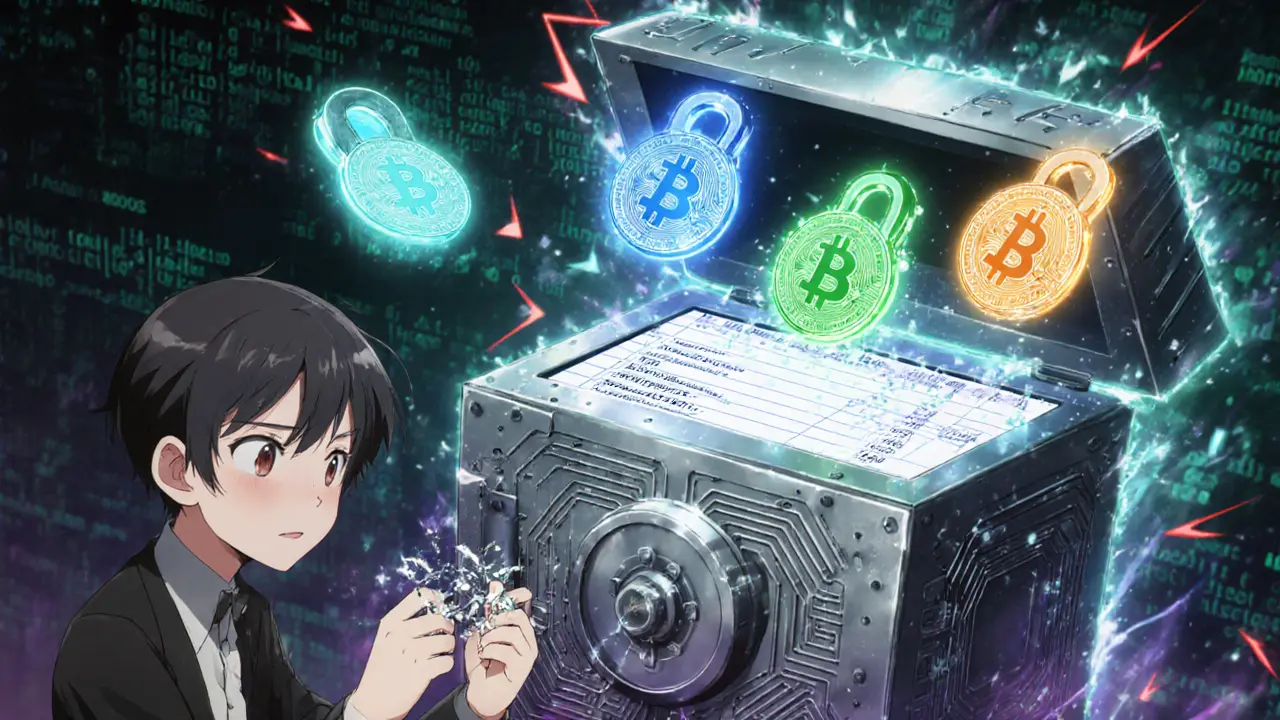Safe Wallet: Your Blueprint for Secure Crypto Storage
When talking about Safe Wallet, a method or tool that keeps crypto holdings out of harm's way, protecting private keys from theft, loss, or accidental exposure. Also known as secure crypto wallet, it forms the core of any responsible trader’s strategy. A Multi‑Signature Wallet, a wallet that requires multiple private keys to authorize a transaction, adding a layer of consensus among trusted parties is a direct extension of a safe wallet, because it forces shared responsibility. Likewise, a Hardware Wallet, a physical device that stores private keys offline, immune to online hacks and phishing attacks provides the offline safeguard that many users rely on. The concept also covers the safety of Decentralized Exchanges, platforms where users trade directly from their wallets without depositing funds on a central server, reducing custodial risk. Finally, understanding Slashing Penalties, financial punishments imposed on blockchain validators for misbehavior, helps users avoid indirect loss when staking assets rounds out the safe wallet ecosystem. In short, a safe wallet encompasses multi‑sig setups, requires hardware isolation, influences exchange choice, and mitigates slashing risks.
Practical Steps to Build Your Safe Wallet Arsenal
To turn the definition into daily practice, start by choosing a hardware wallet that supports the blockchains you use most. Look for devices that offer a clear recovery seed process and open‑source firmware – these attributes keep the device trustworthy. Pair that hardware with a multi‑signature arrangement for larger holdings: assign a primary key to yourself, a secondary key to a trusted friend or a reputable custodial service, and optionally a time‑locked third key for emergency recovery. This M‑of‑N setup dramatically cuts the chance that a single breach empties your account. When you need to trade, prefer decentralized exchanges that let you retain control of your private keys throughout the swap; platforms that integrate hardware wallet support are especially safe. If you stake on proof‑of‑stake networks, monitor validator performance to avoid slashing penalties – choose validators with high uptime and transparent governance. Finally, adopt a routine: back up your seed phrase in multiple offline locations, rotate keys every few years, and test recovery on a spare device. These habits turn the abstract idea of a safe wallet into a reliable, repeatable process.
Below you’ll find a curated collection of articles that dive deeper into each piece of the safe wallet puzzle. From detailed multi‑signature best practices and hardware wallet reviews, to exchange safety analyses and step‑by‑step guides on avoiding slashing penalties, the posts cover every angle you need to protect your crypto portfolio. Whether you’re just starting out or looking to tighten an existing setup, the insights here will help you build a truly safe wallet strategy that stands up to real‑world threats.
Top Multisig Wallet Platforms & Solutions for Secure Crypto Management
Explore top multisig wallet platforms, their features, security checklists, and step‑by‑step setup guide for safeguarding large crypto holdings.

